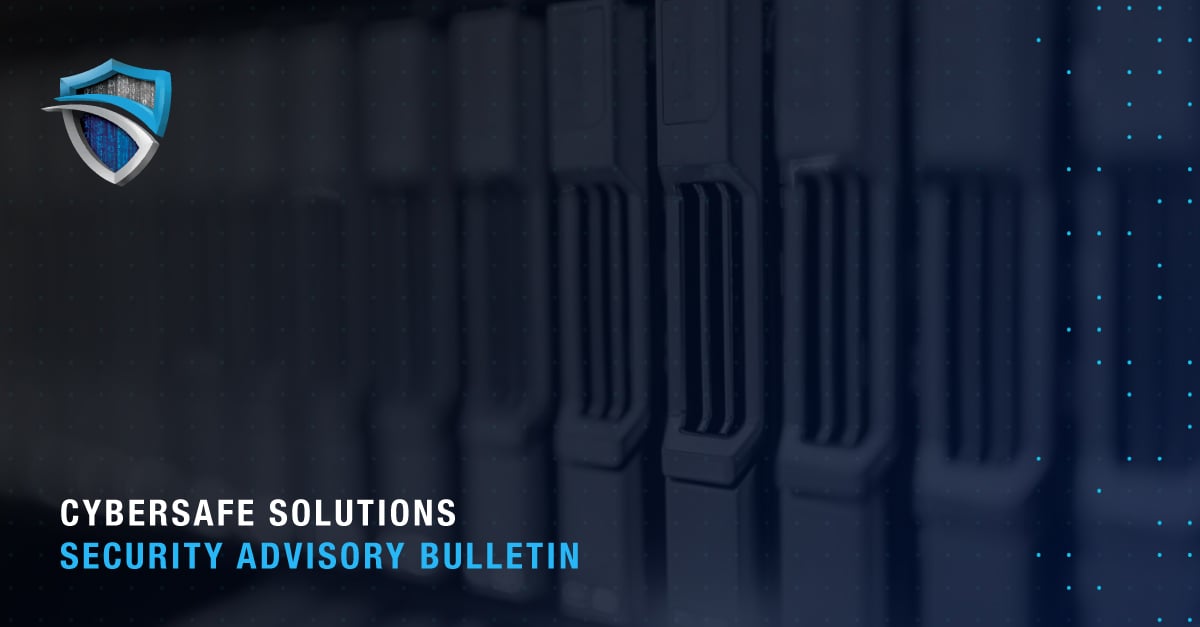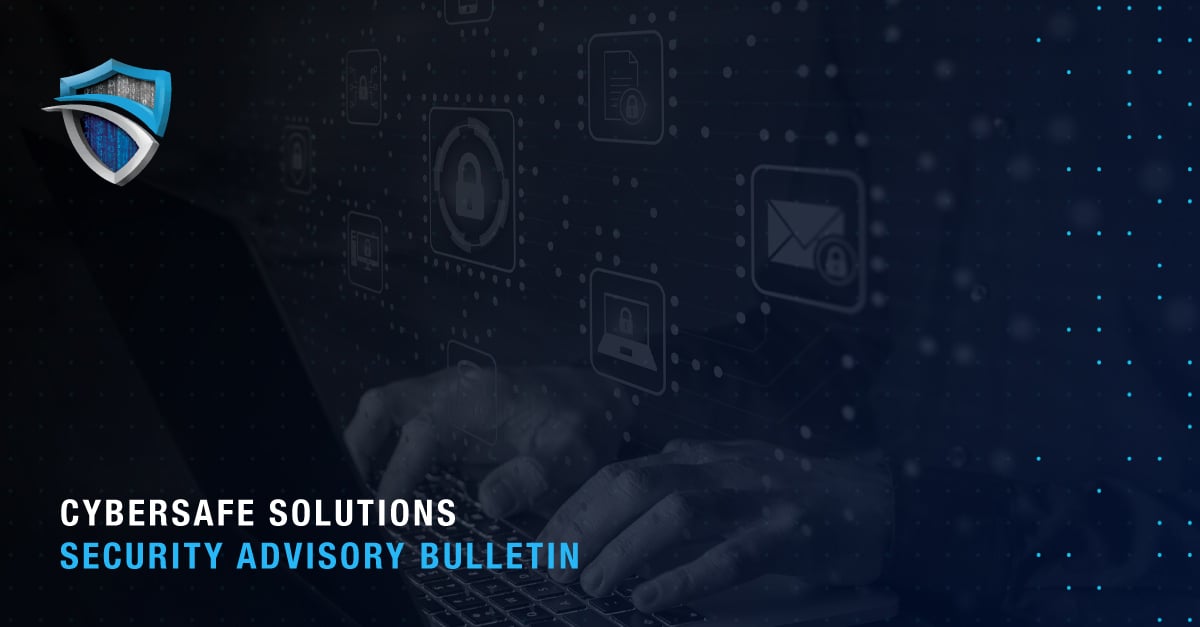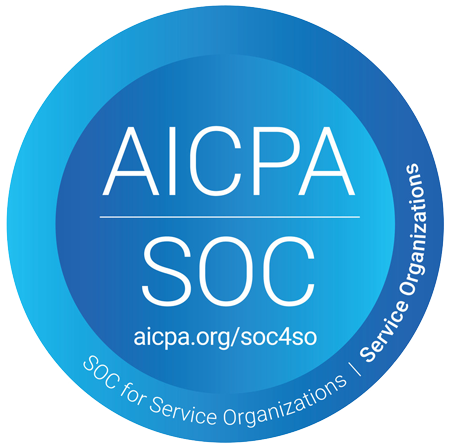"An ounce of prevention is worth a pound of cure." Cliché but undeniably true, this adage rings with resonance in a world where cyber threats are increasingly sophisticated and pervasive.
Taking proactive measures to protect your digital assets is crucial to your business’s health一and bottom line. By adhering to cybersecurity hygiene practices with intention, organizations can significantly reduce their risk of falling victim to cyber attacks.
Taking proactive measures to protect your digital assets is crucial to your business’s health一and bottom line. By adhering to cybersecurity hygiene practices with intention, organizations can significantly reduce their risk of falling victim to cyber attacks.
This guide explores essential steps to maintain robust cybersecurity hygiene, helping ensure your data remains secure and your digital interactions safe.
Why Cybersecurity Hygiene Matters
A cyber incident can devastate a business in several ways. It can lead to significant operational downtime, customer loss, and reputational damage, all directly impacting revenue.
In its “Cost of a Data Breach Report 2024,” IBM reports the global average cost of a data breach has soared to $4.88 million, a 10 percent spike from 2023’s $4.45 million. In the United States alone, the average cost exceeds $9 million.
Costs can encompass several elements, including the following:
- Data recovery
- Intellectual property loss
- Productivity declines
- Penalties and settlements
- Increased insurance premiums
- Customer service teams to handle inquiries and complaints
- Increased cybersecurity measures
Fortunately, organizations have options to bolster their defenses and lessen the fallout. Cybersecurity hygiene, a set of regularly practiced actions and protocols, is a fundamental defense approach designed to keep systems and data secure. In its “2023 Digital Defense Report,” Microsoft reports basic security hygiene can protect against 99% of attacks.
And while it is a distinct concept, cybersecurity hygiene is a close cousin to employee training. Both are part of adopting a cybersecurity-centric culture and mindset in which good habits are practiced as part of an everyday routine. Just as good personal hygiene leads to a healthier body, cybersecurity hygiene helps ensure a more secure and resilient digital environment.
Key Practices & Protocols
By prioritizing these cybersecurity hygiene elements, businesses can significantly strengthen their resilience against threats and minimize the likelihood of devastating incidents.
Establishing Basic Cybersecurity Principles
Building a solid foundation for cybersecurity requires establishing basic ground rules as part of your business routine. For example, regular software updates and enterprise patch management are essential to protect against emerging vulnerabilities and threats.
Adhering to robust password policies and multi-factor authentication (MFA) also boosts security, helping ensure that only authorized individuals can access critical systems. Additionally, regularly scheduled data backups and secure storage solutions safeguard your information, ensuring it can be quickly restored in the event of an incident.
Furthermore, cybersecurity training and awareness programs are essential for educating employees about potential cyber threats and preventive practices. Consider this: The human element was a factor in 68 percent of the breaches examined, excluding cases of malicious privilege misuse (abuse of access privileges by insiders), according to Verizon’s "2024 Data Breach Investigations Report.”
By incorporating these core practices into your daily operations, you help create a resilient defense against cyber threats.
Implementing & Using Cybersecurity Tools
Quality cybersecurity hygiene requires the effective implementation and use of digital tools, including automations. Solutions that continuously monitor systems, detect threats, and respond to incidents in real time enable businesses to reduce the risk of human error, thus enhancing overall security.
That said, staying updated and managing the latest cybersecurity technologies is an outsized challenge for most businesses. Outsourcing to a Managed Security Service Provider (MSSP) such as Cybersafe Solutions is a smart way to stay current with the latest advancements. The experts at Cybersafe specialize in maintaining cutting-edge defenses so businesses like yours can focus on what they do best.
Here are some of the technology tools used in cybersecurity for businesses today:
- Firewalls: Think of these as digital security officers, guarding the entrance to your networks.
- Antivirus software: Your computer's immune system, constantly on the lookout for nasty bugs and viruses.
- Encryption tools: These protect data by converting it into a secure format requiring a description key for access.
- VPNs: A secure tunnel for your internet traffic, keeping prying eyes out when you're on Wi-Fi.
- Backup recovery solutions: These ensure that data is regularly backed up and can be restored in case of a cyber incident.
- Identity and access control systems: These manage who has access to what information and resources within a business, ensuring that only authorized users can access sensitive data.
- Intrusion detection systems: Like a high-tech alarm system for your networks, these alert you when something unusual occurs.
- Security Information and Event Management (SIEM) systems: Your network's mission control, keeping an eye on everything and raising red flags when needed.
- Endpoint security and EDR (Endpoint Detection and Response): Safeguarding the devices on the front lines一laptops, phones, and tablets from cyber threats via prevention, detection, and immediate response.
Tracking & Measuring Cybersecurity Hygiene
Maintaining effective cybersecurity hygiene requires implementing protective measures and tracking and measuring their effectiveness. Key metrics to monitor include:
- Number of detected threats: How many potential threats are identified by security systems over a specified period.
- Incident response time: Time required to detect, respond to, and resolve security incidents.
- Compliance with regulatory requirements: The extent to which the business meets industry-specific (or other) regulatory standards and requirements, such as those outlined in HIPAA, PCI-DSS, or the SEC’s Cybersecurity Rules.
- Employee compliance rates: Adherence to security policies and training program participation.
- Patch management: Evaluates how quickly and effectively security patches and updates are applied.
Schedule Cybersecurity Hygiene Throughout the Year
Regularly assessing cybersecurity metrics helps your business stay ahead of potential threats and refine your security strategy. By systematically tracking and measuring cybersecurity hygiene, you can help ensure your business’s defenses are robust and responsive to the ever-evolving threat landscape. Here is a list of tasks and timing to help you get started:
Monthly
- Conduct system and network scans to identify potential vulnerabilities before they can be exploited.
- Review access logs and monitor activity records for unusual or suspicious actions that could indicate a security threat.
- Upgrade software and systems with the latest patches and updates.
- Remind employees about phishing and social engineering threats.
Quarterly
- Conduct internal audits and assessments of security controls and compliance status.
- Review and update security policies and procedures to ensure they are effective and compliant with standards.
- Undertake phishing simulations and employee training refreshers.
- Conduct data backup and recovery tests.
Semi-Annually
- Undergo external security assessments and penetration testing.
- Review and update incident response plans.
- Evaluate third-party vendor security practices.
- Implement a comprehensive review of cybersecurity posture and strategy.
Annually
- Implement a full-scale security audit.
- Undergo a comprehensive risk assessment and gap analysis.
- Review and update your overall cybersecurity strategy.
- Implement employee cybersecurity awareness and training programs.
|
Monthly
|
Quarterly
|
Semi-Annually
|
Annually
|
|
Vulnerability scans
|
Conduct internal audits and assessments
|
Undergo external security assessments and penetration testing
|
Implement a full-scale security audit
|
| Review access logs & unusual activity |
Review and update security policies and procedures
|
Review and update incident response plans
|
Undergo a comprehensive risk assessment and gap analysis
|
|
Update software
|
Undertake phishing simulations and employee training refreshers
|
Evaluate third-party vendor security practices.
|
Review and update overall cybersecurity strategy
|
|
Remind employees of potential cyber threats and best practices for prevention
|
Conduct data backup and recovery tests
|
Undergo a comprehensive review of cybersecurity posture and strategy
|
Implement employee cybersecurity awareness and training programs
|
Partner With Cybersafe to Ensure Robust Cybersecurity Hygiene & Beyond
Cybersafe delivers comprehensive cybersecurity solutions, covering all aspects of digital protection, including cybersecurity hygiene.
Our state-of-the-art technology, coupled with deep expertise and understanding of modern threats, provides cutting-edge defense against emerging risks. With 24/7/365 monitoring, we maintain full visibility across your network and cloud environments, mitigating threats in real time.
As a leading Managed Security Service Provider, we keep your organization ahead of evolving cyber threats, offering seamless security management and peace of mind in today's complex digital landscape.
Contact us today to learn more.




